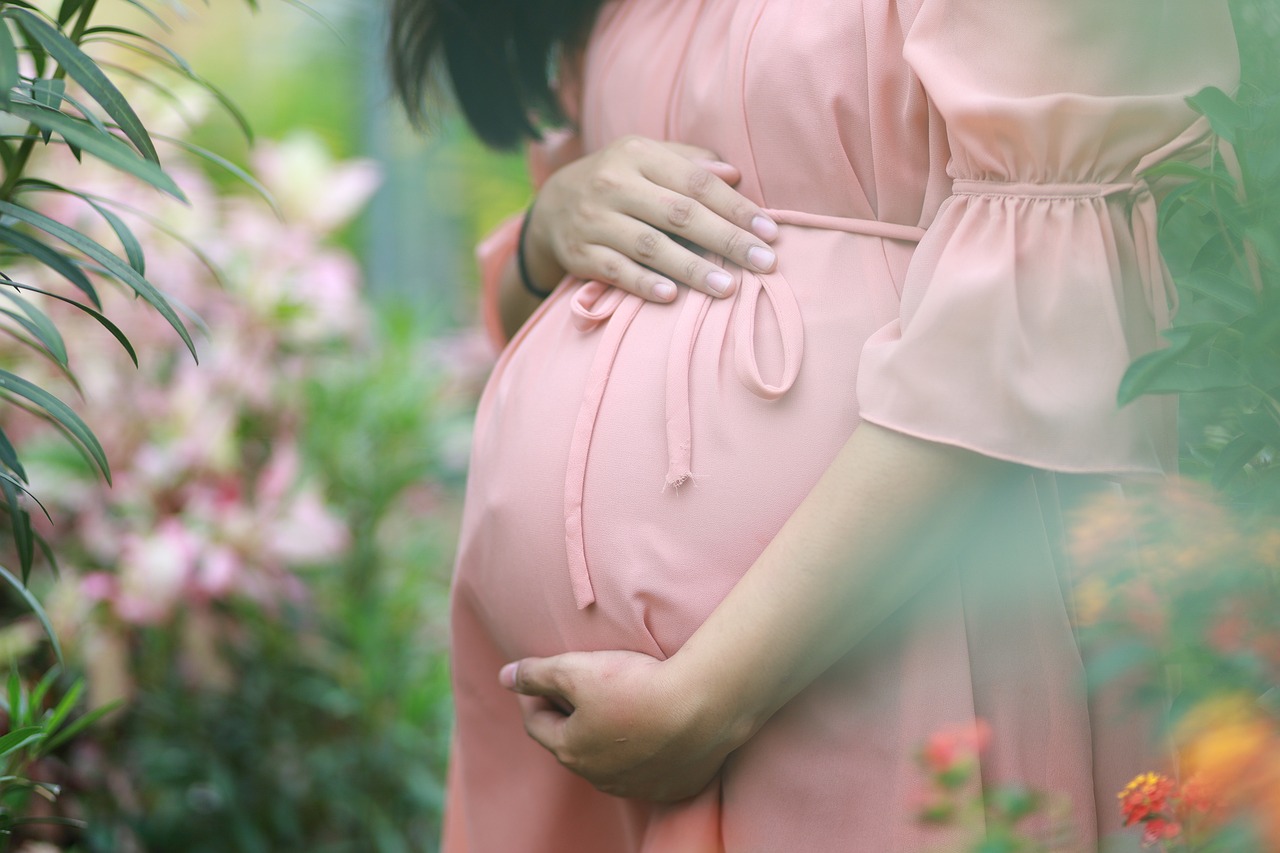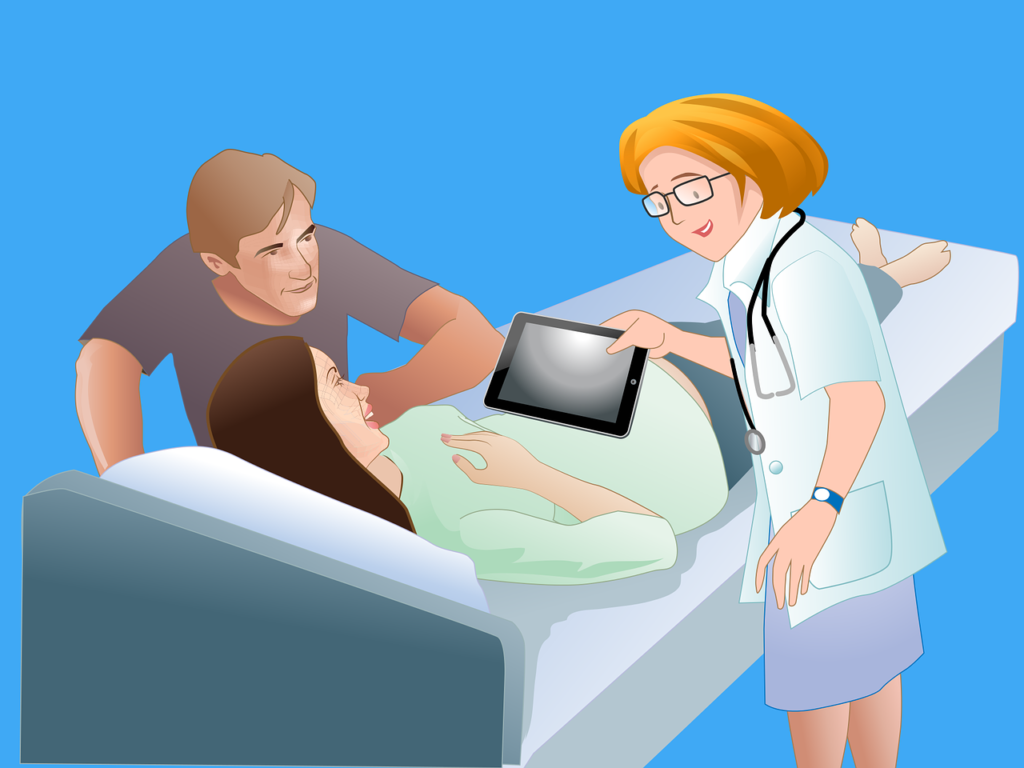IVF (in vitro fertilization) is a fertility treatment that is often used when other methods of assisted reproductive technology (ART) have failed or are unlikely to be successful. IVF may be recommended for couples or individuals who have fertility issues such as:

- Blocked or damaged fallopian tubes
- Ovulation disorders
- Low sperm count or poor sperm motility
- Endometriosis
- Unexplained infertility
- Genetic disorders
- Same-sex couples or single individuals who want to conceive with donor sperm or eggs
- IVF can also be used in cases where other ART treatments such as intrauterine insemination (IUI) have been unsuccessful.
The IVF process involves several steps, including ovarian stimulation, egg retrieval, fertilization of the eggs with sperm, embryo culture, and embryo transfer. The process can be physically and emotionally demanding, and it may require multiple cycles to achieve a successful pregnancy.
While IVF can be an effective treatment for infertility, it is not suitable for everyone. Factors that may affect the success of IVF include age, overall health, and the cause of infertility. The cost of IVF can also be a barrier for some couples, as it can be expensive and may not be covered by insurance.
A fertility specialist can help determine if IVF is a good option for a particular individual or couple based on their medical history and fertility issues. They can provide guidance on the best treatment options and offer support throughout the process.
IVF (in vitro fertilization) is a fertility treatment that involves combining an egg with sperm outside the body in a laboratory dish to create an embryo. The embryo is then transferred to the woman’s uterus where it may implant and develop into a pregnancy.
Here is a general overview of the IVF process:

- Ovarian stimulation: The woman takes medications to stimulate her ovaries to produce multiple eggs instead of the usual one egg per menstrual cycle.
- Egg retrieval: When the eggs are mature, they are retrieved from the woman’s ovaries using a needle guided by ultrasound. This is typically done under sedation and takes about 30 minutes.
- Sperm collection: Sperm is collected from the male partner or a sperm donor.
- Fertilization: The retrieved eggs and sperm are combined in a laboratory dish and left to fertilize for several hours.
- Embryo culture: The fertilized eggs are cultured in a laboratory for 3-5 days until they develop into embryos.
- Embryo transfer: The embryos are transferred to the woman’s uterus through a catheter. The number of embryos transferred depends on the woman’s age, medical history, and the quality of the embryos. Any remaining embryos can be frozen for future use.
- Pregnancy test: Two weeks after the embryo transfer, a pregnancy test is done to determine if the procedure was successful.
- IVF can be a complex process that involves careful monitoring and coordination of medications and procedures. The specific details of the IVF process can vary based on individual circumstances, and a fertility specialist can provide more detailed information on what to expect during the procedure

Thanks for reading the article about IVF, Please comment your questions below in the comments box.
